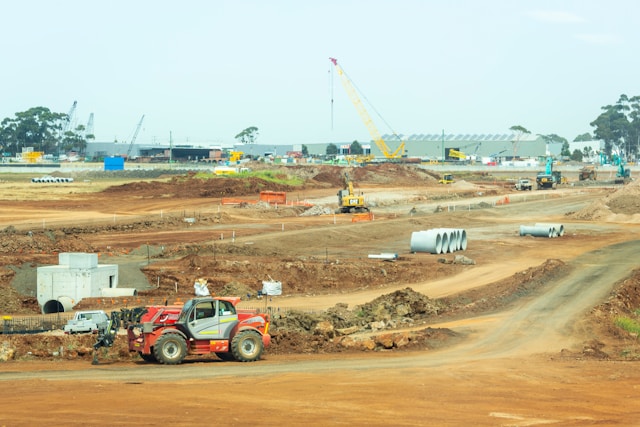
Colorado is rapidly emerging as a national leader in roadway safety innovation, thanks to its continued rollout of autonomous crash trucks — robotic vehicles that follow work crews to provide a protective buffer from fast-moving traffic.
Highway maintenance remains one of the most dangerous professions in the state. In just 2023 and 2024, 47 people were killed in Colorado highway work zones, including two crew members struck while on the job. Officials say the new self-driving units are preventing those numbers from becoming even worse.

The Colorado Department of Transportation (CDOT) first adopted the technology in 2016 and has since expanded its fleet to three autonomous truck-mounted attenuators (ATMA), developed by Florida-based defense innovator Kratos Defense.
CDOT Assistant Director of Mobility Technology Heather Pickering-Hilgers says the strategy has been intentionally cautious:
“We try to keep on very low-traveled roads,” she says. “We’re still keeping it out of any major metro areas.”
The vehicles operate without a driver, positioning themselves behind striping crews and maintenance equipment. Their purpose: absorb impact if a passing vehicle veers into a work zone — saving workers’ lives.
A $1.7 million U.S. DOT SMART Grant awarded in 2022 enabled CDOT to acquire its third autonomous crash truck and build an online toolkit to help other states deploy their own systems.
Pickering-Hilgers said the initiative has already expanded nationwide:
“We are working with numerous other states,” says Pickering-Hilgers. “We’re hoping to apply for Stage 2 SMART Grant. We’re working with a bunch of other states to expand the program, not only in Colorado but across the country. We really feel like every state who wants one of these should be able to have one.”
The next grant phase could reach up to $15 million, according to USDOT.
These trucks were born from defense expertise. Kratos Vice President of Business Development Maynard Factor said the company saw a chance to bring battlefield automation to civilian infrastructure:
“I saw that this was a great way to adapt our driverless tech into the commercial space, and it aligned with the Kratos strategy of offering dual-use technologies,” says Factor.
Working with Pennsylvania-based Royal Truck & Equipment, Kratos automated its first crash truck more than a decade ago.
ATMA systems use GPS and inertial navigation, supported by fully redundant, military-grade encrypted communications. Kratos is developing enhanced optical navigation to further boost safety and precision.
Kratos has deployed 15 autonomous crash trucks across the U.S., including in Missouri, North Dakota, Minnesota, Ohio, Oklahoma and California. Colorado is currently the largest operator — but likely not for long.
Factor said Colorado’s crews have driven the technology forward:
“Basically they were the subject matter experts in how they do highway maintenance, and they had a team that was very strong in vehicle automation technologies.”
Some states require a “safety rider” until regulations catch up, but CDOT continues working toward fully driverless operation wherever legally allowed.
Colorado currently has nearly 200 conventional crash trucks across 10 regions. Factor said the long-term vision is bold:
“A longer-term goal is to have a solid percentage of those vehicles automated so the workers can use them and deploy them in their normal day-to-day activity,” says Factor.
Pickering-Hilgers credited Kratos with being responsive to field feedback:
“We’re just trying to make it better each time,” she notes. “It’s been really nice to work with our vendor [Kratos], and tell them what works and what doesn’t. Each one has gotten a little bit better in terms of their sensors and cameras and things like that, so we continue to refine it, and they listen to us, which is great.”
With more states evaluating the technology, CDOT’s work is shaping national standards for automated work-zone protection. Officials hope autonomous buffers will become as commonplace as high-visibility vests and signage — especially as roadway risks continue to rise.
Originally reported by Eric Peterson in ENR.